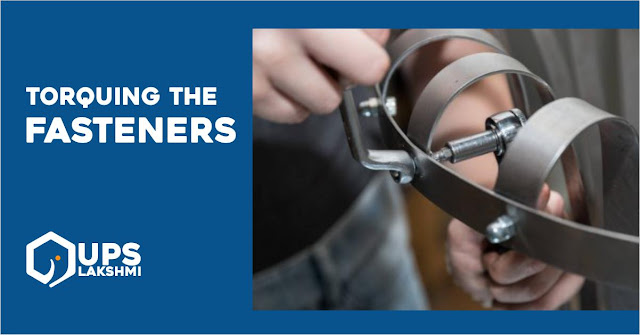Torquing The Fasteners
Torquing means the tightening of the fasteners to the accurate level. Fasteners should be placed evenly; as torquing a fastener incorrectly can even damage the whole structure or machine built.
Types of Torque
Breakaway Torque is only required to start the movement of a nut on or off bolt with no axial load on the nut.
Friction Torque is required to overcome the internal friction between self locking nuts and bolts.
Final Torque is the sum of friction torque plus applicable torque values from the manufacturer’s manual.
Process of Torquing
Standard procedure for tightening a fastener involves turning, advancing and torquing to produce the required tension in fasteners. Here are few processes followed:
1. Rundown: The fastener is turned until its head touches the bearing surfaces.
2. Alignment: To achieve the optimum contact, the fastener and bearing surface are aligned properly.
3. Clamping Range: The constant slope of the the torque-angle curve.
4. Post Yield Zone: In this, a portion of the components yield to achieve the required tension.
Few Tips and Tricks
1. Calibrate torque wrench at least once a year to ensure continued accuracy.
2. Be sure that the torque applied is of accurate size of the bolt.
3. Apply the torque to the nut always.
4. Make sure the bolt and nut threads are clean and dry.




Comments
Post a Comment